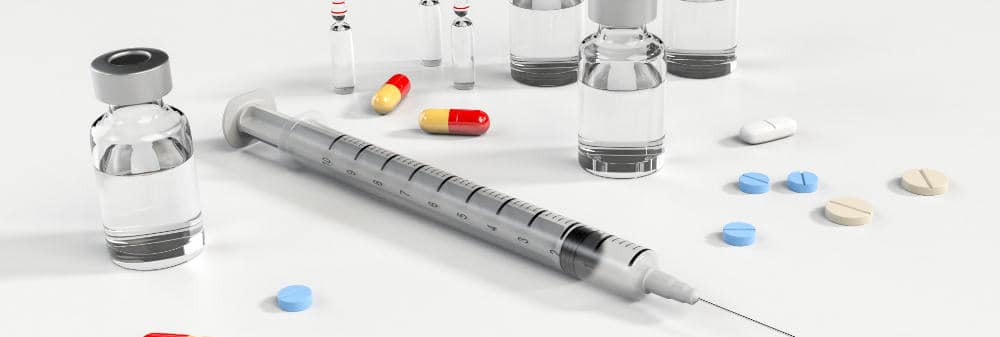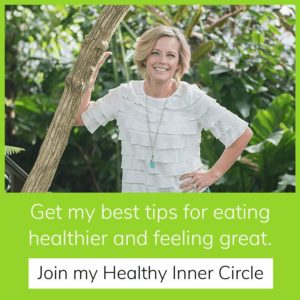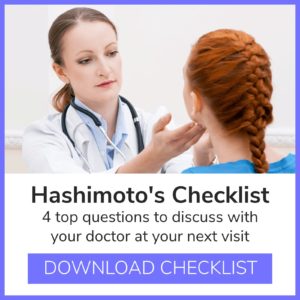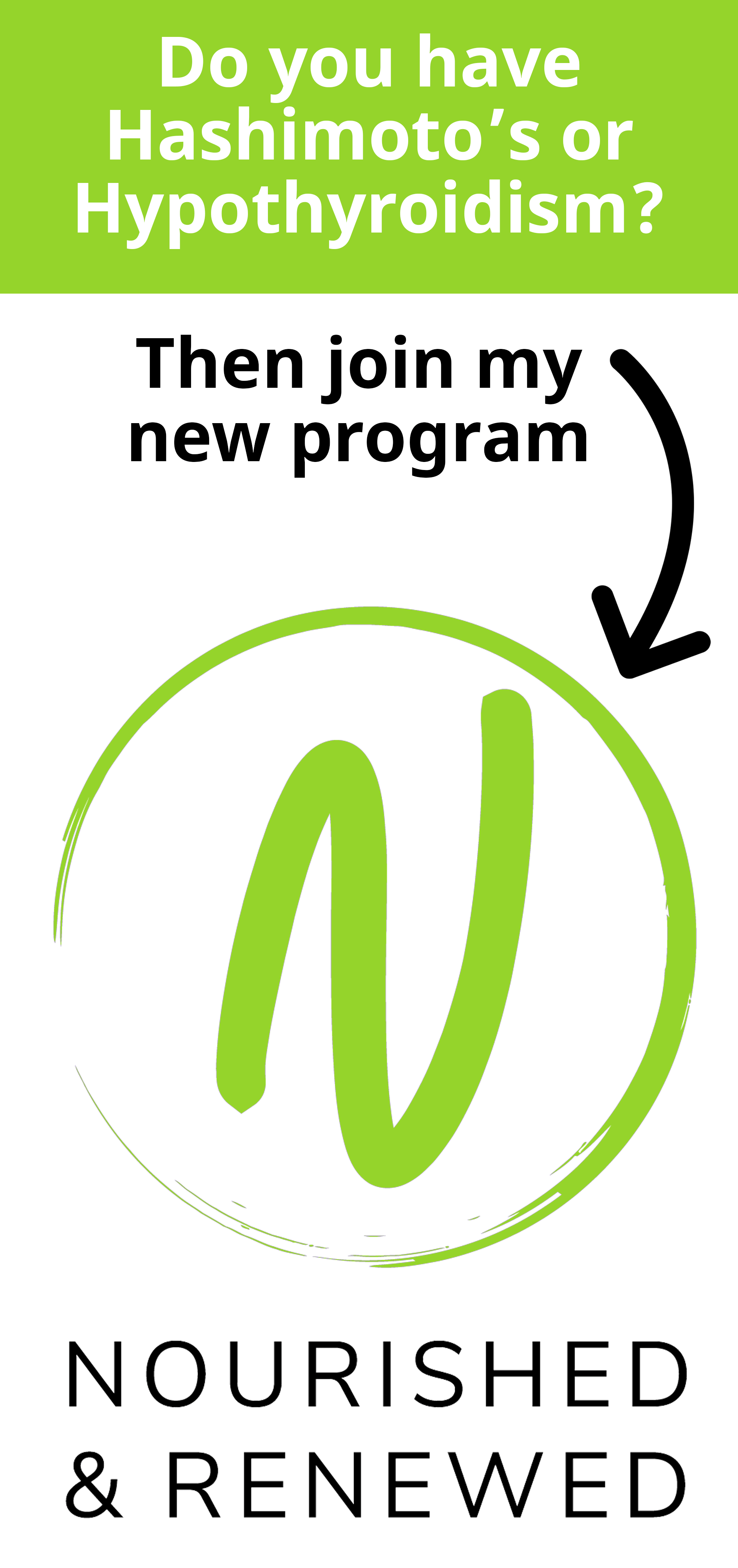Surgery to close the hole in my heart was two months ago already.
It's hard to believe all of the things that have happened to my health this year. Sometimes I have to deeply reflect to let it all sink in. And, I also have had to begin to let it all go.
This year was really scary.
I am facing up to that fact. Now that imminent risk of death by a massive stroke is behind me, I can look back on how scary all of the events prior to surgery were for me.
I think the fear of losing my good health and fear of the unknown were the two biggest hurdles for me to over come.
Thankfully, I had a supportive team and a complete toolbox of resources to get me through these past few months.
One resource I have relied upon HEAVILY is the PFO Research Foundation Facebook support group. OMG, these people are so incredible. Their stories, their triumphs, their pain, their cheerfulness, their kindness - have been MY ROCK. Thank you, especially to Wendean, MaryBeth, Kate, Holly, and so many others.

Heart Surgery.
Hard for me to really go in to full detail here about how surgery went (because, wow, the medical miracle, not to mention, anesthesia amnesia, ya know?!).
But, I can say it was actually a breeze - maybe the easiest part of my total journey. I find it quite amazing, really, how modern medical technology allowed a skilled interventional cardiologist to go in to my heart via a vein in my leg and close an almost 3 cm hole that has been there my whole life. Wow.
And, I was awake for the entire thing and watched my own 90-minute heart surgery on a monitor!
A few things about my hospital stay and surgery that I find interesting enough to share...
- I had excellent all-around care - nurses, techs, my doctor, the anesthesiologist, and everyone else - I felt safe and knew I was going to be OK
- I was enthralled by the hospital menu items and predominant lack of healthy/nutritional choices (this could really be an entire blog post of its own)
- I received an exorbitant amount of drugs in the hospital (antibiotics, blood thinners, two rounds of anesthesia, pain meds, etc.) and I do not do well with drugs - yuck
- I did not anticipate the reality of the recovery period and no one really shared with me the array of options for things not going perfectly smoothly (doctors downplay recovery, that is for sure)

Blood is Life.
I never really thought about my heart before all of this. And, until the days right after surgery, I admit now that I also never really thought much about my blood.
It's commonplace to be prescribed anti-platelet medication following a heart procedure. My doctor wanted me to take Plavix for 6 months. I shared with him some genetic information I know about myself - that I do not do well with certain classes of medications due to P450 enzyme polymorphisms. (A few years ago, I had myself and my whole family tested with 23andme.com so I could know more in-depth medical info about all of us.)
Check this out, I am an "ultra rapid metabolizer" and here is what the Cleveland Clinic has to say about that. So, my cardiologist agreed to just one month on a different medication, Effient. AKA "poison of death."
I bled from my nose, mouth, vagina, and anus (sorry, TMI) in the three days that I took the drug. I suffered from debilitating headaches, dizziness, bone pain, and exhaustion. I have never once in my life considered that being dead would be a better option. But, on Effient I did actually have that thought. Awful.
So, my doctor took me off the poison of death, and, then put me on Plavix anyway. Despite the risks as outlined in the link above. Ridiculous. After just three weeks, I told the nurse at my cardiologist's office that I had taken myself off the medicine so that I could function again.
What I know now is that Plavix likely caused me to have an internal GI bleed that lead to leaky gut, food intolerances (especially now to dairy), anemia and plenty of annoying digestive symptoms.
What is anemia exactly?
Great question. There are many different types of anemia. In my case, anemia is the condition in which my blood doesn't have enough healthy red blood cells.
I became anemic pretty quickly in the days that followed surgery. The trauma of surgery often causes some people to become anemic in and of itself.
I might have been on the path towards anemia (after all, I was an undiagnosed Celiac for 30 years of my life and I have experienced heavier menstrual bleeding since giving birth to my kids. Oops! TMI again). I certainly didn't think about becoming anemic.
I lost red blood cells due to the GI bleed which likely was a side effect from Plavix. On top of that, I am not digesting, absorbing or assimilating vitamins and minerals from my foods and supplements as well as I should be due to leaky gut. A double whammy.
In addition to follow up care with my cardiologist who performed my PFO closure, I also now see a hematologist because anemia is a LOOONNNGGGGG road.
Over the years, I have worked with many anemic clients, and I can honestly say now, ladies (and some fellas), I feel your pain. I understand now. I finally get it, I do. I am in this with you.
Even as I type this, I am waiting on additional tests to find out why my anemia is not responding better. With my healthy diet, proper supplementation and lots of self care, I should have better energy by now, if anything.
But, there are days when I struggle big time.

More to explore.
While I am looking "under the hood" so to speak on this health journey, I have decided to check and make sure that all my parts, systems and processes are working correctly.
With two known autoimmune diseases (Hashimoto's & Celiac), impending peri-menopause (eye roll), and being adopted (consequently, I do not know my family medical history and another reason I did the 23andme.com test), I figure now is as good a time as any to just get some solid baseline info on my total health package.
That, and I met my insurance deductible with surgery, so for the rest of this year, Western medical tests and consults are like an all-you-can-eat-buffet. If you like that kind of thing. I am frankly sick of doctors offices.
- Full eye/vision work-up and new glasses - check
- Hormone testing and work to balance what is out of whack - check
- Complete blood work-up - check
- Physical therapy for a chronic spinal injury - check
- Comprehensive stool analysis including a check for pathogens (bacteria and viruses of the GI tract) - pending
- Upper and lower GI evaluation to check on those Plavix-induced bleeds - pending
- Additional autoimmune testing to make sure nothing else has been triggered by the trauma of TIAs, heart surgery, etc. - pending
I feel like now I owe it to myself to make sure I am in tip-top shape. And, I don't want my "heart condition" to become an achilles heel.
In other words, I don't want to make excuses for why I can't or won't do things because of what I have been through.
Let's figure it all out, fix what we can, move on. Check.
Reasons to celebrate.
If I just look at day to day or even week to week "progress" it's easy to feel defeated. I want to feel better now (using my whiny Violet voice from the Willy Wonka movie).
But, I have to see the forest and not just the trees.
Here are the things which are so incredibly awesome and make me happy when I look back on these past 6 months:
- for medicines, I am only taking a daily baby Aspirin plus my regular thyroid hormone prescription (I am off the beta blockers, anti-anxiety meds and off the Plavix, thank God)
- three echocardiograms reveal 1) my device is in the right place 2) my heart is functioning well 3) scar tissue is endothelializing properly around my device 4) approximately 90% or more of the hole is closed and will continue to close with each passing month
- my peripheral vision is improving and I am driving more
- my PTSD from having two TIAs in my car is improving, thanks to therapy, tapping, mediation, breathing, etc. and I am feeling more confident and less fear
- nearly all of my pre-closure symptoms are gone or significantly decreased (such as racing heart, shortness of breath, vertigo, tingling)
- the post-closure migraine situation (that no one told me occurs in about 15% of people so naturally, that would include me) has improved and now I only get auras about 1-2 times per week, pain is minimal
- I have been back to my favorite exercise classes a handful of times (yoga and barre) and that felt good, even if I had to modify nearly every pose
- I walked a 5K on Mother's Day and had a pretty decent pace (yep, I ugly-cried at the finish line, proud moment)

Things I know and don't know following heart surgery.
- We have only one body - it can fail us but we love it anyway.
- We have only one life - make it great!
- Do only what really matters, the rest is noise.
- Take care of your body, mind and spirit always.
- Be present and love deeply with your loved ones, family, friends, community.
- Positivity makes all the difference.
- We can't know it all, we can only do the best with what we DO know.
This post concludes my 2018 heart journey. From time to time, I will update you through my newsletters. But, for now, thank you all for reading.
And, thank you for your kind wishes... and for the love and support that saw me through.
















